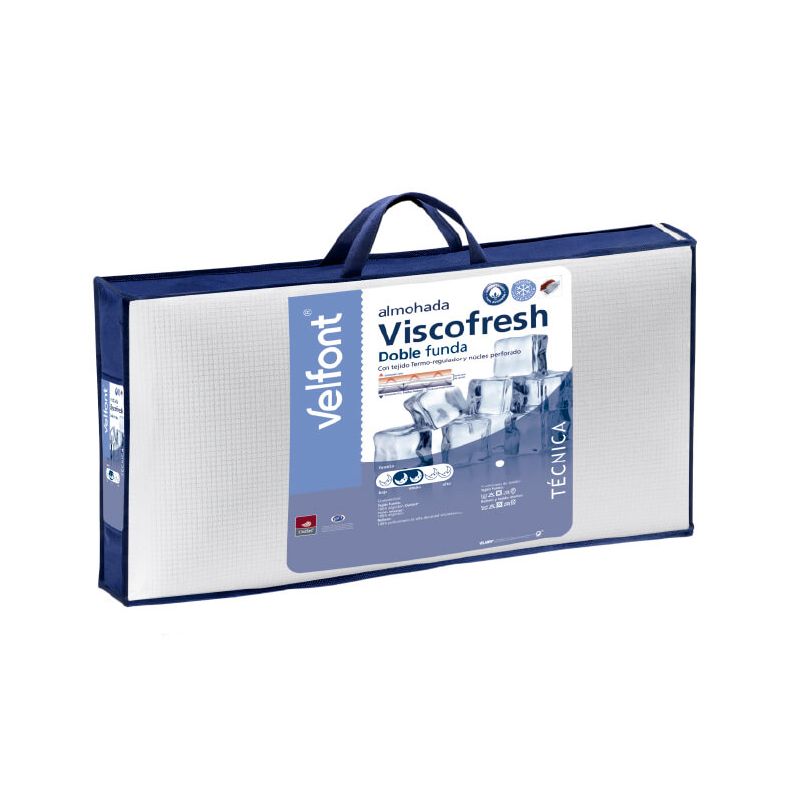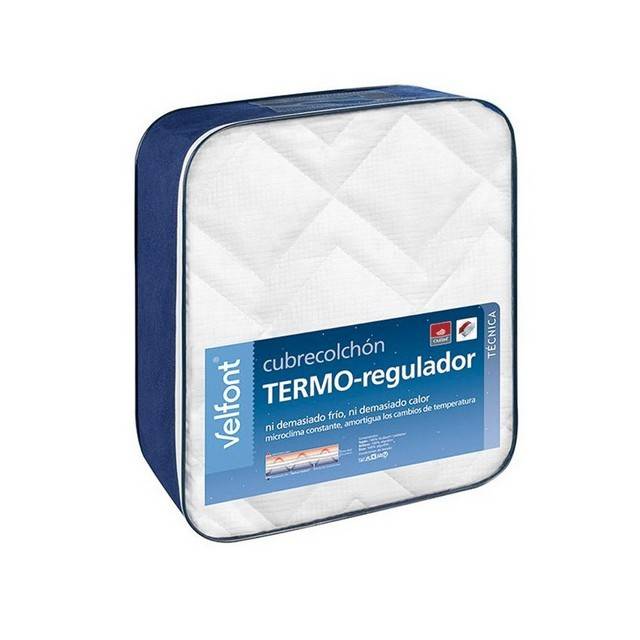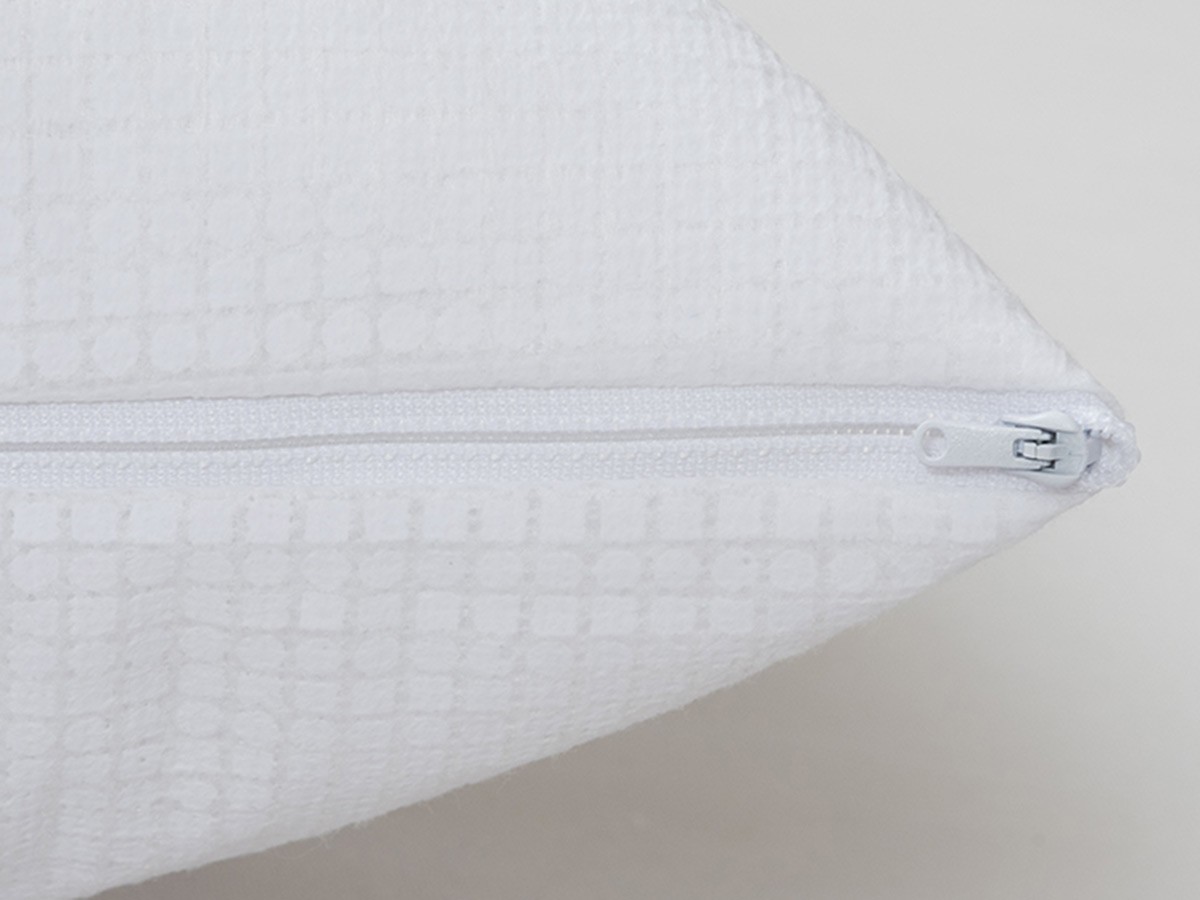
Velfont Funda de almohada/funda de almohada fresca termorreguladora de tejido Outlast 100% algodón : Amazon.es: Hogar y cocina

Velfont Funda Almohada Termo-reguladora 100% algodón - Temperatura Constante Durante la Noche (75cm) : Amazon.es: Hogar y cocina

Velfont Funda de almohada termorreguladora de tejido outlast de 100% algodón con cremallera : Amazon.es: Hogar y cocina

Velfont Funda de almohada termorreguladora de tejido outlast de 100% algodón con cremallera : Amazon.es: Hogar y cocina

























